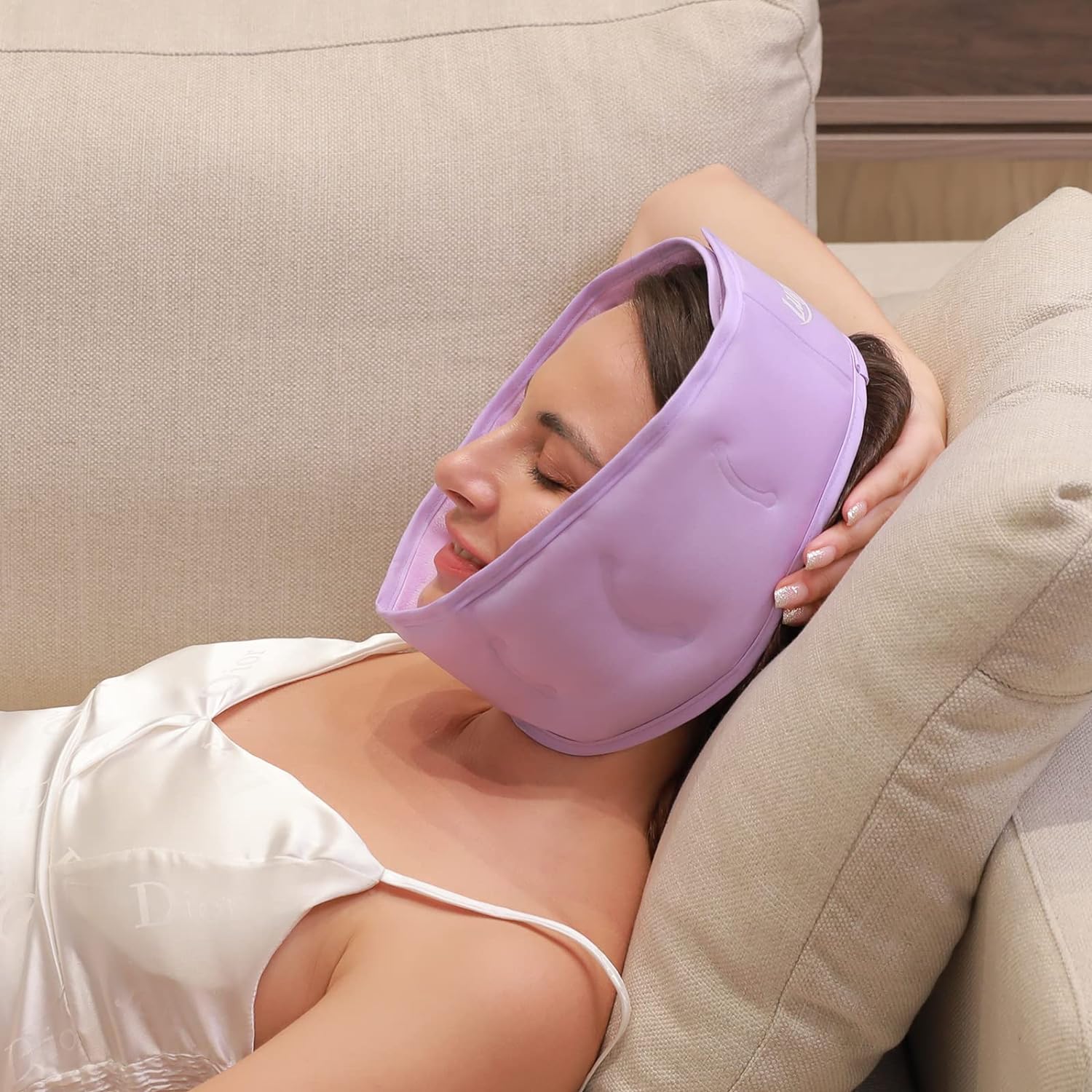Heating Pad for Toothache: How Can It Provide Relief?
Introduction:
Toothaches can be quite debilitating, making it difficult to eat, sleep, and perform daily activities. While there are various remedies, a heating pad can offer significant relief for certain types of dental pain. This guide will explore the efficacy, proper use, and safety precautions of using a heating pad for toothache relief. Additionally, we’ll discuss when to avoid heat therapy and consider other treatment options.
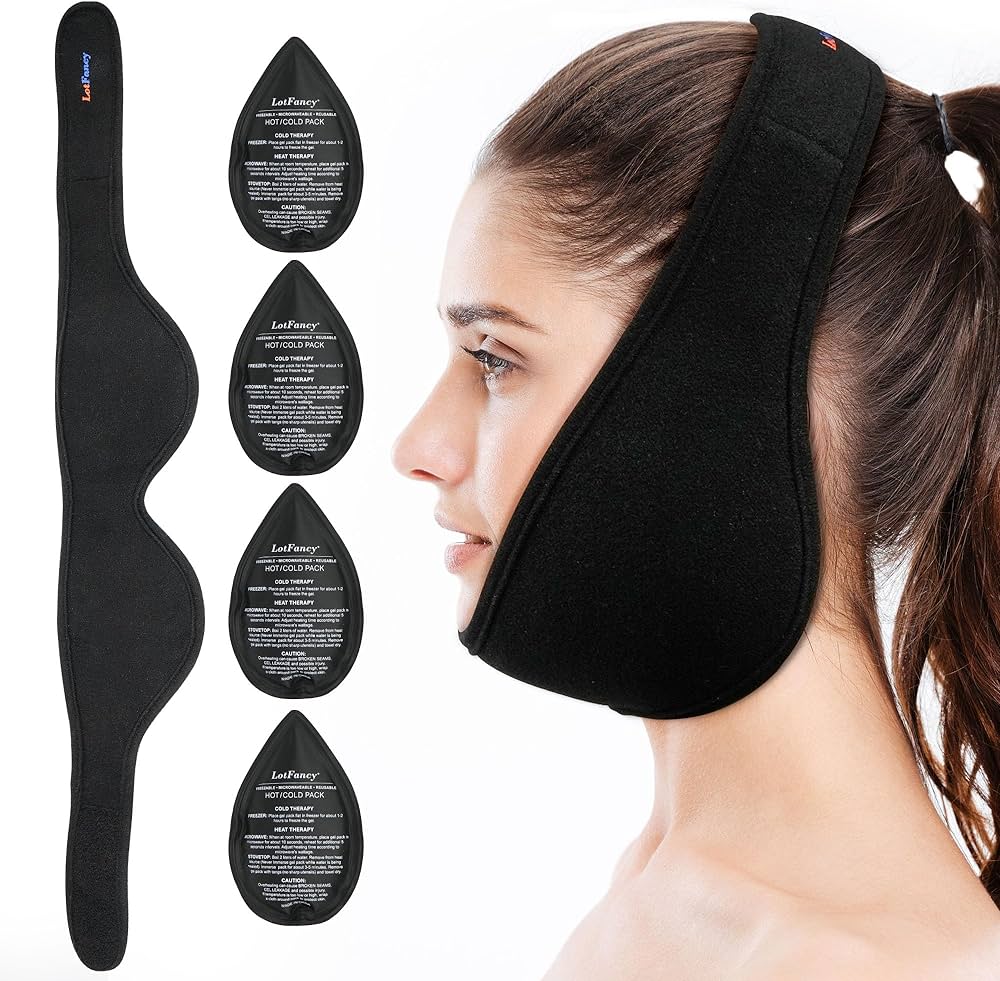
Heating Pad for Toothache:
How Can It Provide Relief and When Should You Use It?
Understanding the Pain:
What Causes Toothaches and How Does Heat Help?
Knowing the root cause of your toothache can help determine whether a heating pad is an effective solution.
Common Causes of Toothache:
Variety of Origins:
Dental Issues: Tooth decay, cracked teeth, gum disease, and exposed tooth roots are common causes of toothaches. These issues typically require professional dental treatment.
Non-Dental Causes: Sinus infections, temporomandibular joint disorders (TMJ), and ear infections can also manifest as tooth pain, complicating the diagnosis.

How Heat Provides Relief:
Mechanism of Action:
Blood Flow Enhancement: Applying heat to the affected area increases blood flow, which can help reduce muscle tension and bring in nutrients and oxygen to promote healing.
Pain Signal Interruption: Heat can act as a mild analgesic by interrupting the pain signals sent to the brain, providing temporary relief.
When to Use a Heating Pad:
What Types of Toothaches Respond Well to Heat?
Heat therapy is not suitable for all types of dental pain. Understanding when to use it can maximize its benefits.
Muscle-Related Pain:
TMJ and Muscle Tension:
Jaw Pain: Heat can be particularly effective for jaw pain related to TMJ disorders and muscle tension. Applying a heating pad to the jaw area can relax the muscles, alleviating pain.
Misalignment Issues: Pain due to bite misalignment or bruxism (teeth grinding) can also benefit from heat, as it helps relax the surrounding muscles.
Non-Infected Tooth Pain:
Avoiding Infection Aggravation:
Tooth Sensitivity: For toothaches caused by sensitivity or minor injuries, heat can provide temporary relief. However, this is usually not a long-term solution.
Not for Infections: Avoid using heat for toothaches caused by infections or abscesses. Heat can increase inflammation and exacerbate the infection.
Proper Application:
How Should You Use a Heating Pad for Toothache Relief?
Using a heating pad correctly ensures effective and safe pain relief.
Choosing the Right Heating Pad:
Different Types:
Product Selection: Opt for a small, flexible heating pad that can easily conform to the shape of your face and jaw. Electric heating pads with adjustable temperature settings are ideal for precise control.
Heat Pack Alternatives: If a heating pad is not available, a homemade heat pack using a warm, moist towel or a microwaveable heat pack can also be effective.
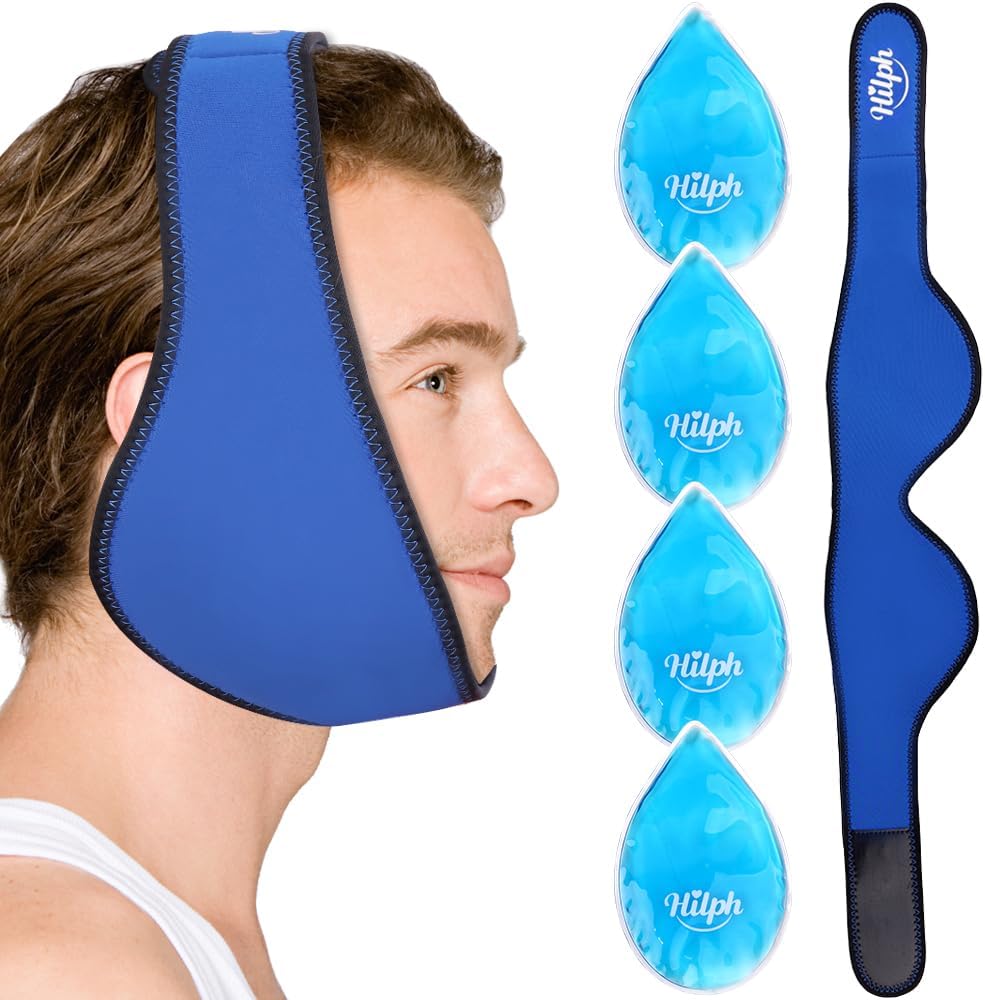
Setting the Temperature:
Optimal Heat Level:
Moderate Warmth: Set the heating pad to a moderate temperature. Excessive heat can cause burns or skin irritation, so it’s crucial to avoid very high temperatures.
Test Temperature: Test the heating pad on the inside of your wrist before applying it to your face to ensure it’s not too hot.
Application Technique:
Correct Placement:
Target Area: Place the heating pad on the outside of the cheek where the pain is localized. Ensure it’s in full contact with the skin for maximum effect.
Timing: Apply the heat for 15-20 minutes at a time, taking breaks in between to prevent skin irritation. Repeat the process as needed but avoid continuous use to let the skin rest.
Safety Precautions:
What Should You Be Aware of When Using Heat Therapy for Toothache?
Mindfulness of safety measures can prevent potential complications associated with heat application.
Avoid Prolonged Use:
Manage Duration:
Breaks Necessary: Limit each heat application session to no more than 20 minutes. Extended exposure can lead to skin damage or burns.
Stay Awake: Never use the heating pad while sleeping to avoid accidental burns or overheating.
Monitor Skin Condition:
Check Regularly:
Skin Inspection: Regularly check the skin under the heating pad for signs of redness, irritation, or burns. Discontinue use if you notice any adverse reactions.
Use a Barrier: Place a thin towel or cloth between the heating pad and your skin to reduce direct heat exposure, minimizing the risk of burns.
Combining With Other Remedies:
How Can You Enhance Pain Relief With Additional Methods?
Combining heat therapy with other treatments can provide more comprehensive pain relief.
Over-the-Counter Pain Relievers:
Supplementary Medications:
Pain Medication: Use over-the-counter pain relievers such as ibuprofen or acetaminophen in conjunction with heat therapy for enhanced relief. Always follow dosing instructions and consult a healthcare professional if needed.
Topical Analgesics: Topical gels or ointments specifically designed for oral pain can be applied directly to the gum area to provide additional pain relief.
Stress-Reduction Techniques:
Aiding Muscle Relaxation:
Relaxation Exercises: Incorporate stress-reduction techniques such as deep-breathing exercises, meditation, or gentle facial stretches to alleviate muscle tension and enhance the effects of heat therapy.
Dental Hygiene:
Maintain Oral Health:
Proper Care: Continue practicing good dental hygiene, including brushing, flossing, and using an antiseptic mouthwash. Maintaining oral health can help prevent the underlying causes of toothaches.
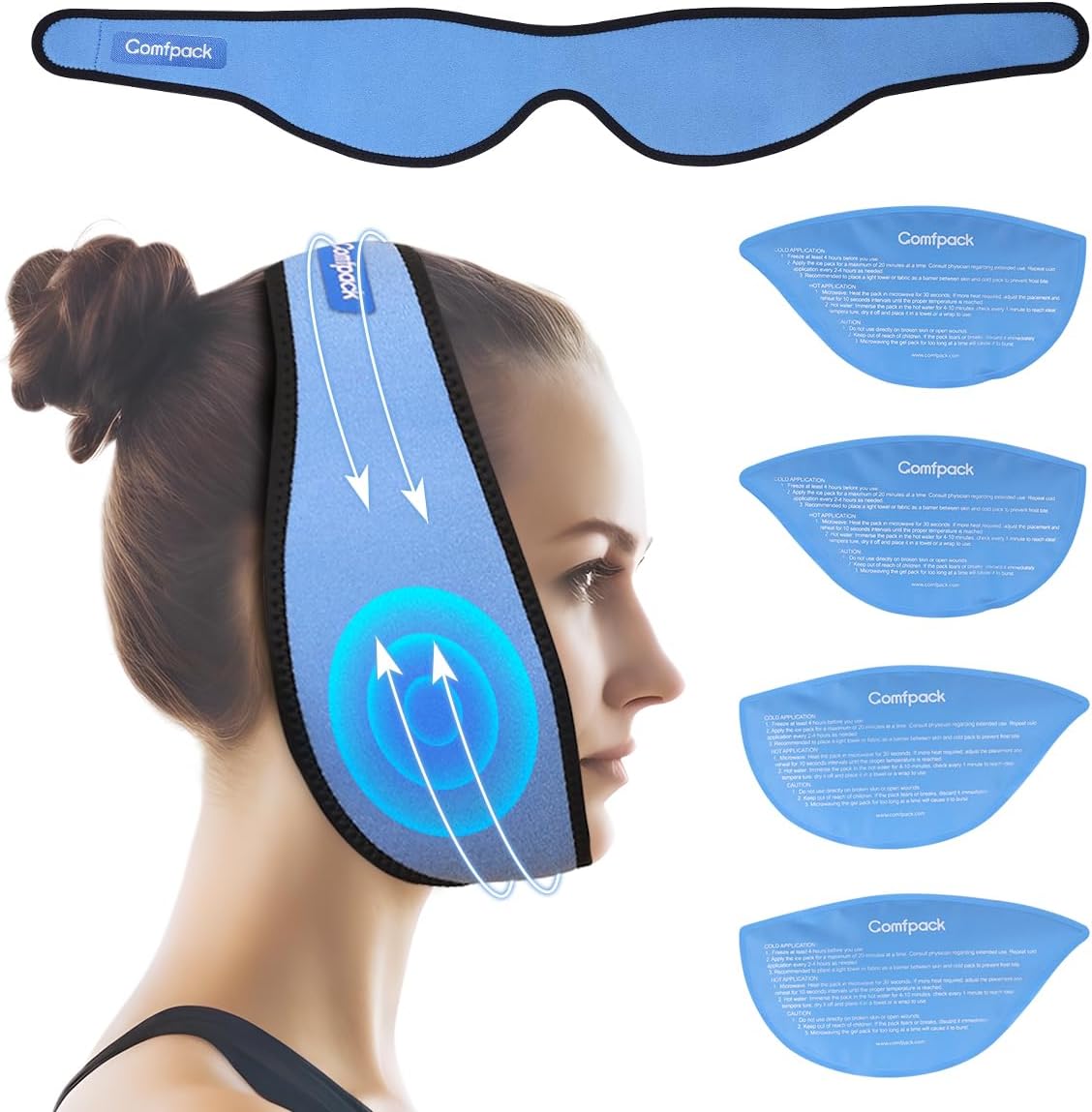
Identifying When Heat Therapy Is Not Suitable:
Why Might Heat Be Inappropriate for Certain Toothaches?
Understanding the limitations of heat therapy ensures it is used safely and effectively.
Infection and Abscess:
Avoiding Heat:
Infection Risks: Heat can aggravate dental infections and abscesses by promoting increased blood flow to the area, which can worsen inflammation and pain.
Swelling Exacerbation: Infections typically cause swelling; applying heat can exacerbate this symptom, making the pain more intense.
Dental Trauma:
Immediate Care:
Avoiding Heat for Injuries: For severe dental trauma, such as a knocked-out or broken tooth, avoid using heat. These situations require immediate professional dental care.
Sensitivity Issues:
Potential Sensitivity:
Heat Sensitivity: Some individuals may experience increased sensitivity to heat application. If you feel increased pain or discomfort, discontinue use immediately.
Alternative Treatments:
What Are Other Effective Remedies for Toothache Relief?
While a heating pad can be effective, alternative treatments may be more appropriate for some types of toothaches.
Cold Compress:
Swelling Reduction:
Cold Therapy: For swelling and inflammation, a cold compress may be more effective than heat. Apply an ice pack wrapped in a cloth to the affected area for 15-20 minutes to reduce swelling and numb the pain.
Saltwater Rinse:
Oral Hygiene Aid:
Salt Solution: A saltwater rinse can help reduce bacterial load and alleviate gum irritation. Dissolve a teaspoon of salt in a glass of warm water and rinse your mouth thoroughly.
Clove Oil:
Natural Analgesic:
Oil Application: Clove oil contains eugenol, a natural anesthetic. Apply a small amount of clove oil to a cotton ball and place it against the affected tooth for pain relief.
Over-the-Counter Products:
Quick Relief Options:
Dental Pain Gels: Products designed specifically for oral pain, such as benzocaine gel, can provide quick, temporary relief. Apply as directed to the painful area.
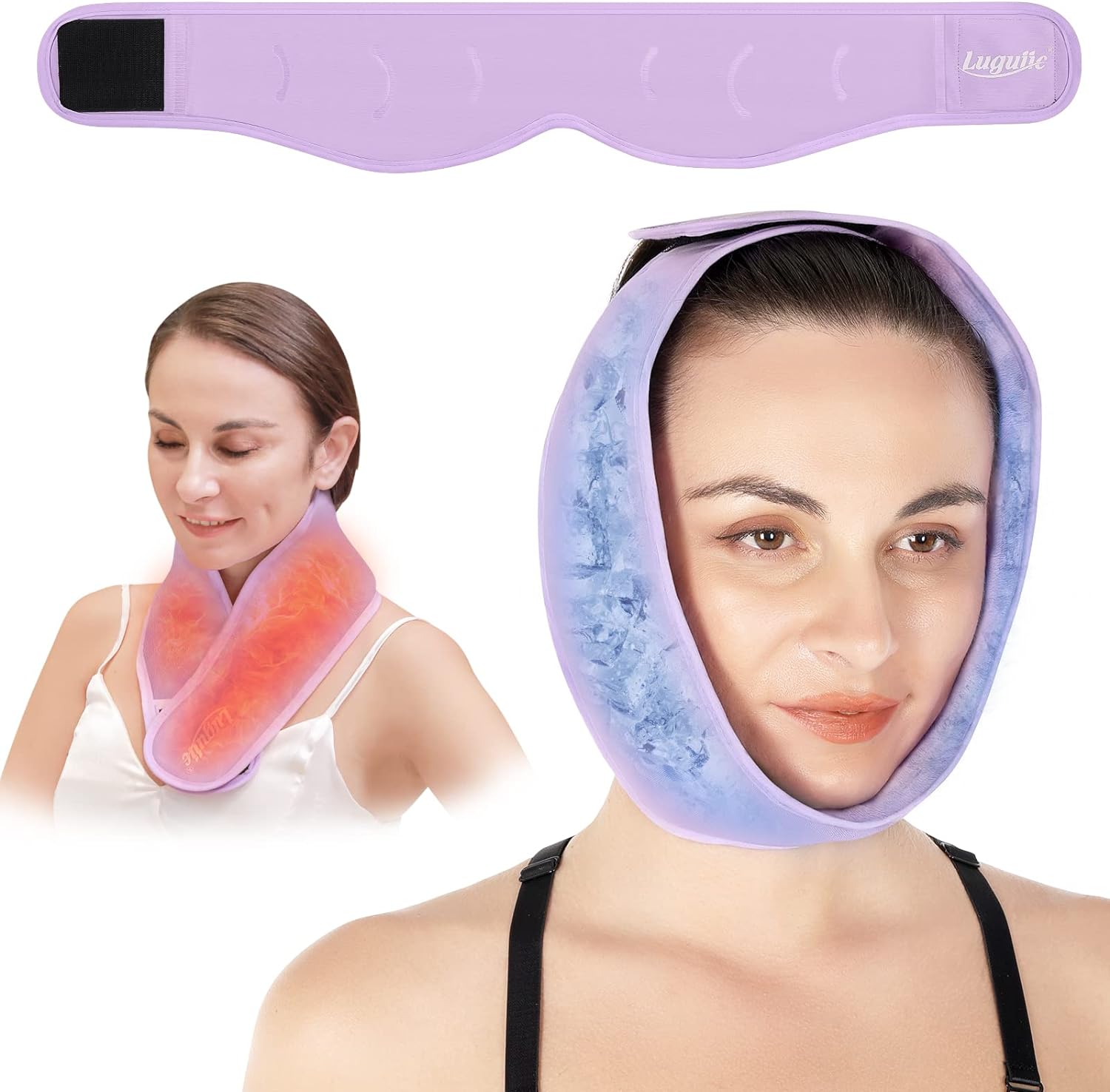
Consulting a Professional:
When Should You Seek Medical Advice for a Toothache?
Knowing when to seek professional dental care ensures proper treatment of more serious conditions.
Persistent Pain:
Unrelenting Discomfort:
Need for Professional Care: If your toothache persists for more than two days despite using heat therapy and other home remedies, consult a dentist. Persistent pain may indicate a more serious issue that requires professional treatment.
Infection Signs:
Urgent Symptoms:
Red Flags: Seek immediate dental care if you experience signs of infection such as fever, swelling that spreads to your face or jaw, difficulty swallowing, or a foul-tasting discharge.
Routine Check-Ups:
Preventative Measures:
Regular Dental Visits: Regular dental check-ups can help identify and treat issues before they develop into painful toothaches. Ensure you visit your dentist at least twice a year for routine care.
Conclusion
Using a heating pad for toothache relief can be an effective means of managing certain types of dental pain, specifically muscle-related issues and minor injuries. Understanding the proper application techniques, safety precautions, and combining heat therapy with other remedies can enhance pain relief. However, knowing when heat therapy is inappropriate, particularly for infections and severe dental trauma, is crucial. Seeking professional dental care for persistent or serious symptoms ensures proper diagnosis and treatment, safeguarding your oral health.
